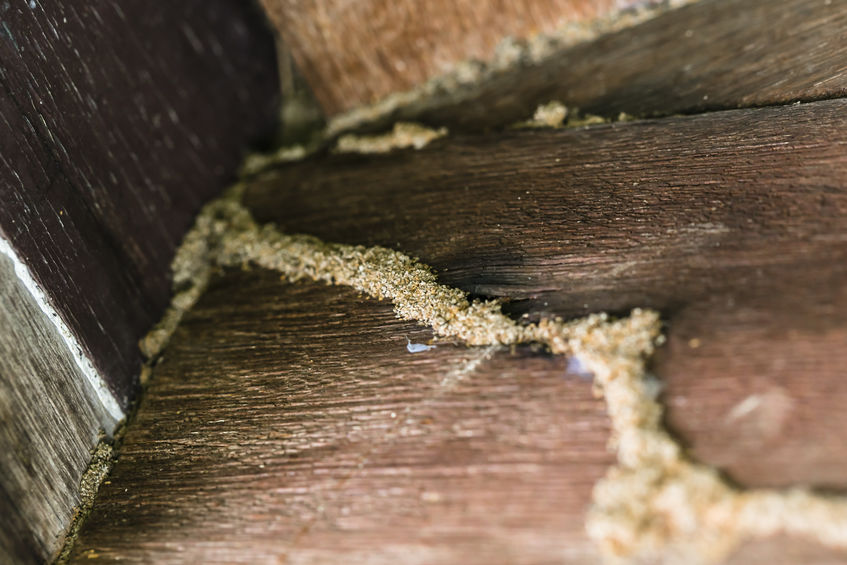Some homeowners are hesitant to allow their property to be treated with insecticides due to the past use of a few insecticides that were banned for having a potentially hazardous effect on human health and/or the environment. However, for more than 20 years, professionals in the US have practiced a pest control approach known as Integrated Pest Management, often referred to as simply “IPM.” This approach stresses the importance of preventative, as opposed to remedial pest control, and it involves the use of multiple pest control methods while aiming to avoid or minimize the use of synthetic insecticides.
Due to advances in the pest control industry, as well as an improved understanding of insect pest behavior among professionals, insect infestations are often eliminated without the use of insecticides. Today, insecticide applications are only used to supplement primary forms of pest control in heavily infested structures. For example, the synthetic insecticide known as DDT used to be the only method of exterminating bed bugs, but today, bed bug infestations are eradicated by the application of heat treatments, which may be accompanied my minimal and safe amounts of insecticide in order to eliminate particularly large populations. Although it may seem like insecticides are necessary for eradicating subterranean termites that dwell within structural wood where they cannot be accessed, this is not the case.
The insecticide solutions that have been developed for preventive and remedial termite control are appropriately known as “termiticides.” In addition to termiticides, infestations are effectively eliminated and prevented with termite baits and physical barriers around properties. Unlike drywood termites that initiate infestations anywhere in a home, subterranean termites always infest homes from the ground up by constructing conspicuous mud tubes that protrude from the ground. In most subterranean termite infestation cases, homeowners notice these mud tubes before the pests inflict significant damage, which takes several years. Rather than using termiticides to kill termites within wood, infested wood must be replaced, and bait may be applied to the ground to kill a colony.
Many homes today are protected with either physical or termiticide barriers that prevent termites from accessing a property. It takes a minimal amount of termiticide to apply an effective barrier below the ground around a home, and physical barriers, which include wire mesh and impassable sand, require no chemicals at all. Pest control researchers are currently developing many non-chemical means of pest control, including biological methods that involve the soil application of termite-eating nematodes. In any case, when it comes to either treating or preventing subterranean termite infestations, indoor insecticide applications are almost never necessary.
Have you ever considered having a physical barrier installed to prevent termite invasions on your property?

